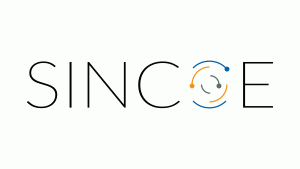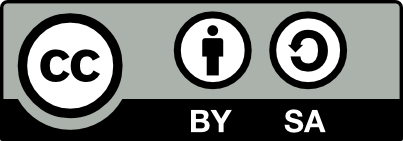The SINCOE project aims to enhance university teachers’ competencies in developing and assessing students’ innovative behavior in digital environments. It is an international collaboration between universities from Finland, Germany, and Spain, funded by Erasmus+, running from 2022 to 2025 (more information in SINCOE web page)
Our case examples are based on selected Pilots. The SINCOE’s pilot selection and its participants provide a good overview of ongoing HE studies. The target is to have a broad range of case examples from different working environments to get good coverage of findings and conclusions.
The case examples cover the following categories:
- Level of degree: Master, Bachelor, Other (continuous learning MOOC)
- Type of learners (focus group e.g., later year students, newcomers, experienced adults, and different learner individuals – personas)
- Field of study
- Course implementation: Hybrid, Online, only part of the course, Other
Under these categories, there are different types of learning environments and aims, such as working life studies, and subject-specific courses, which will be taken into consideration when designing the implementation (storyline) of the pilot courses.
In the “Type of learners” category, the different individual persons need to be somehow considered to cover not just the general types of people but also the different personal qualities of individuals. In that, it is good to make use of the “persona” exercise, which helps to empathize with students as persons and not just as groups of certain types of people, e.g., later-year students, newcomers, etc.
Additionally, based on the results of the need analysis, when operating in an online environment, in the pilots, we have paid special attention to the following areas:
- Network technologies
- Students’ motivation
- Active learning methods
- Atmosphere
- Uniformity of etiquette & online standards
- Individual factors
Moreover, case examples had been selected on the basis of the main results of the need analysis, listed below:
1. Accepting and adapting to the new methods and (learning) strategies of online education (teachers and students)
2. Understanding the significance of innovation competencies and motivate to use them in online teaching and learning (teachers and students)
3. Updating the skill requirements and support to achieve new (digital) competencies and skills (teachers and students)
4. Activating learning and teaching methods to involve and motivate students
5. Efficient assessment methods and tools to involve and motivate students
6. Creating an interactive and friendly atmosphere
7. Comprehensive course designing to integrate innovation competencies (or dimensions) efficiently into online implementation, taking into account different target groups (fields, young/old students, different learners)
8. Efficient technical solutions, e.g., equal technical conditions, improving technical usability and learning analytic possibilities of SINCOE@ tool




